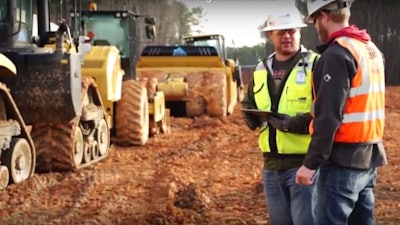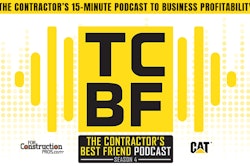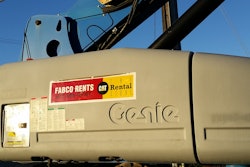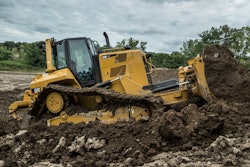
When it’s time to acquire equipment, the question whether to purchase, rent or lease must be answered in the best way possible for your organization. Capital budgeting, equipment specifications, lifecycle cost analysis, financial and risk management strategies, and employee training are all part of the buy-rent-lease decision. Each must be understood, analyzed and reviewed to make the best decision for your company.
How can you know which acquisition method is the best for your situation? Before you begin to compare acquisition methods, you need to answer several questions.
How long is the equipment needed? Will there be any major downtime gaps in its use? How many hours are you planning to use it in a year? Are there specific machine preferences or other special requirements? In what geographic area will the equipment be used most of the time (this affects outfitting decisions for climate, terrain and resale)? What cash reserves or other capital does your company have available for purchases? What training is required for operators and technicians on this equipment?
You need to have a clear understanding of your organization’s financial situation, the reasons why your company is acquiring the equipment, and how the equipment will be maintained.
It is important to understand the options available for equipment acquisition and how these different methods benefit your organization’s specific situation.
Purchase
This is the most straightforward method. Just be sure to look at equipment warranties, performance guarantees, service agreements and possible buy-back options that may be offered. When purchasing equipment, always take into consideration the salvage value or what the machine will be worth when you’re finished with it. This is a major factor in your total ownership costs and should always be included in your calculations.
Straight rental
This method is normally used for shorter-term needs with no gain towards equity. Shop around for pricing and service, and be sure to let your suppliers know if the equipment will be needed for longer time frames to get the best rate. If the equipment will be used longer than six months, start looking at Rental Purchase Options (RPOs) to protect your equity for any changes or potential future needs.
Rental Purchase Options (RPOs)
These are rentals with a purchase option defined by a specified time frame during which the monthly rent is applied to the agreed upon purchase price. The RPO is a contract between your company and the rental company.
I always ask for 100 percent of the rental to be applied to the purchase price. Suppliers will charge interest on the monthly payment, but many will offer zero-percent interest for a certain amount of time.
To help your company's cash flow, ask for a longer rental period before purchase, with 100 percent applied. I have negotiated up to 18 months and longer. Be sure you understand the cost of the interest charges. NOTE: Be aware of repairs and services not included in the RPO or under the warranty. If not paid for upfront, those charges will accumulate and will be charged at the time of purchase.
Lease
Leases are usually offered through a financial institution to keep your ownership costs to a minimum for a specified period of time, on average 24-36 months. You can ask for possible purchase options at the end of the lease.
NOTE: Leasing makes you responsible for excess hours put on the machine above the number of hours specified in the lease agreement. A lease also makes you liable for the cost to replace/repair specific machine parts wear, such as percent of tires/tracks and possibly implement pins/bushings. Always read and understand the lease contract and the costs for which you could be liable. It may change your decision and make other acquisition methods look better.
Tips For Rentals/RPOs/Leases
I ask for oil changes to be included with the normal payment.
Always estimate the hours per month you will need the equipment and ask for that amount to be included in the rate. Normally, suppliers will accommodate you and you will avoid getting stung with overcharges at the end of the term.
Also, make sure to get on/hire and off/hire inspections done with pictures. This will help you manage unexpected charges for damages when the machine is returned.
Once you understand your acquisition options, always research all you can about the machine you’re acquiring and its vendor. Equipment reliability and vendor service dependability should rate high in your calculations. Do the math to determine what your total ownership cost per month will be (basically your monthly payment plus taxes, registration, insurance, etc.) and add in the estimated operating costs such as maintenance and repairs, to determine which method is best for you and your situation.
Keep these steps in mind when you’re acquiring equipment and you will successfully navigate the complicated buy/rent/lease decision.



















